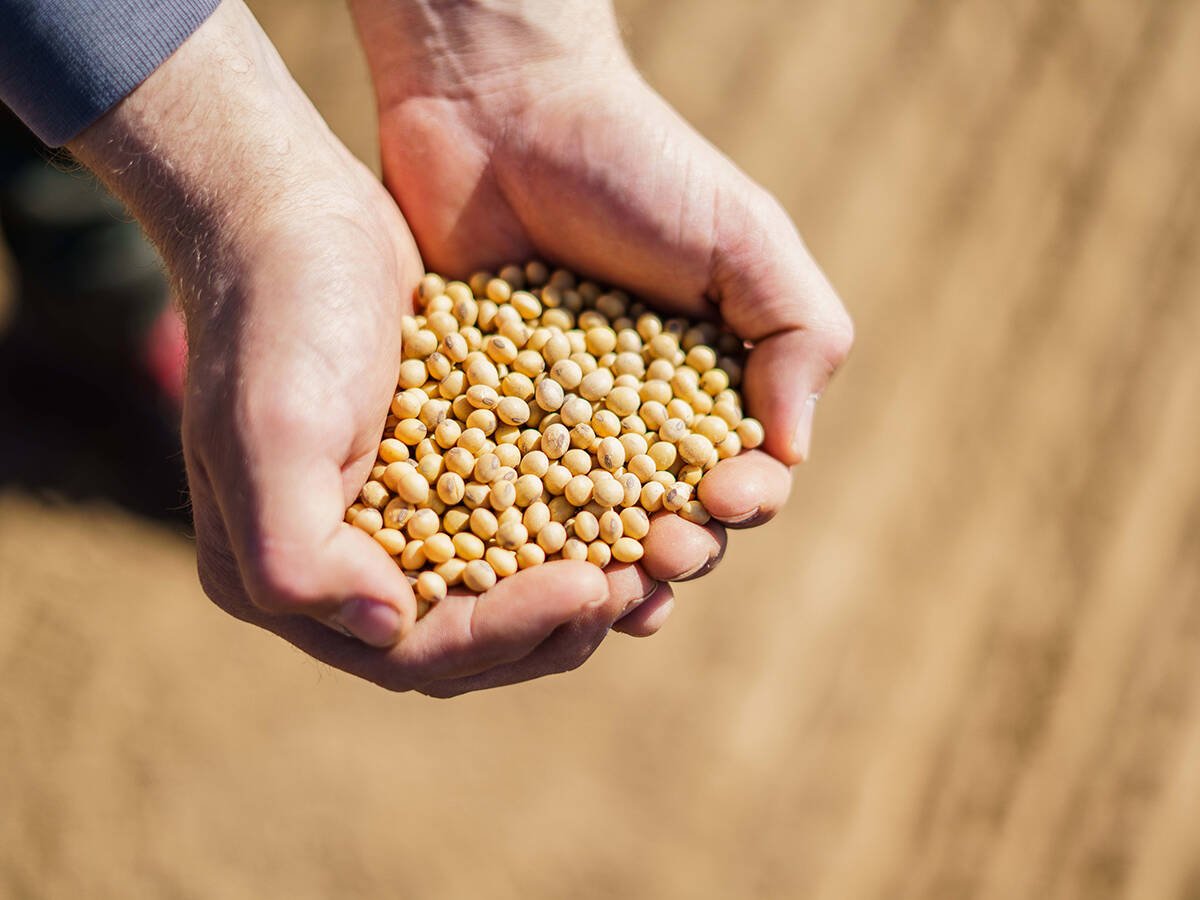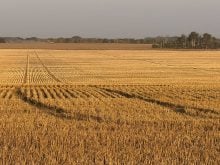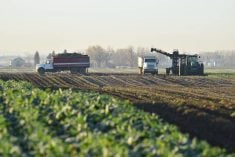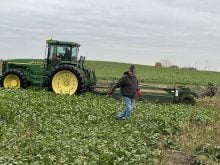WEYBURN, Sask. – A five-part environmental model developed by HELP International is just common sense, as far as the organization’s founder is concerned.
“We would indeed be living in sustainable communities,” Rodney Sidloski said about what the world would be like if it followed his model.
Cleaner water, cleaner air and less waste – zero waste if Sidloski had his way – are all attainable goals, he added, and HELP is willing to, well, help.
The organization has already worked with two communities to implement effluent irrigation woodlots to absorb human waste nutrients instead of dumping them into water systems. The NorAmera ethanol plant in Weyburn is doing the same with its acidic waste water.
Read Also

U.S. government investigates high input costs
The USDA and DOJ are investigating high input costs, but nothing is happening in Canada.
The trees will also control odour from the lagoons and the ethanol production process.
HELP has planted trees on decommissioned landfills with the idea that they will absorb household waste leaching out of those sites.
“High-water-use trees are as effective or more effective than a concrete cap,” Sidloski said.
He said this practice has been used in the United States for at least 20 years.
HELP’s Souris River and farm protection program that it has established with landowners has planted 160 kilometres of trees along water sources in 12 rural municipalities.
The trees are planted along the edge of cultivated land to filter agricultural chemicals out of the groundwater before they reach larger water bodies.
They also keep soil from eroding into the water.
A similar project involves planting saline-resistant brush along farmland, streams and municipal lagoons to help keep salinity in check.
The organization is also examining ways communities could eliminate all waste.
“There is no safe place for a landfill,” Sidloski said.
He’d like to see all waste separated at the household level and diverted for recycling or used in local manufacturing of other products.
He said it should be possible to develop low cost, simple technologies to convert a waste product into something else that would be used in the same community.
“This is where they’re ahead in Kenya,” he said, referring to HELP’s ties with programs in that country.
There, they recycle paper and use vibration and compression to make fibre boards that are then placed under the tin roofs of homes.
In Weyburn, school groups visiting HELP’s farm use the same process.
They practise composting and vermiculture to contain food wastes.
“We haven’t just talked the talk,” said Sidloski.
He said the public demands that garbage be buried but added people would change their minds if they knew what a “toxic salad” that practice creates.
“We have a collective responsibility,” he said. “We know what’s causing (environmental degradation).”















